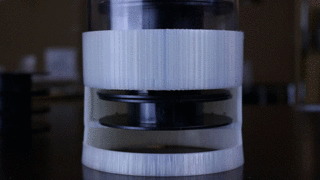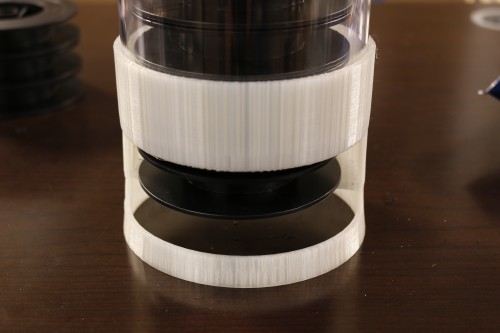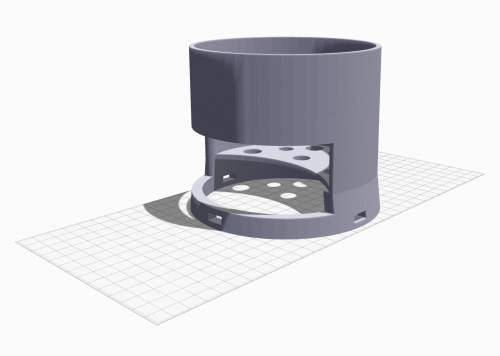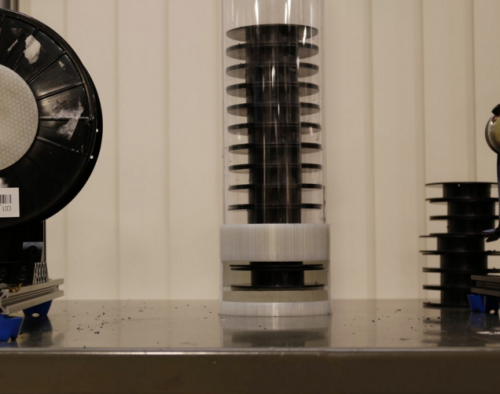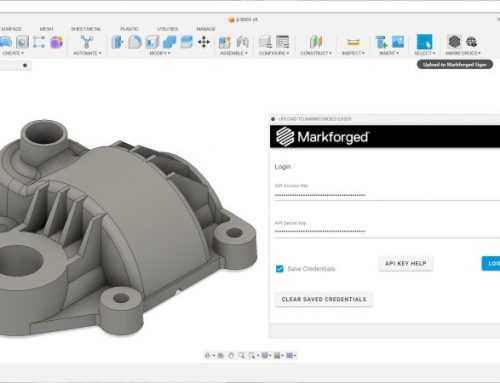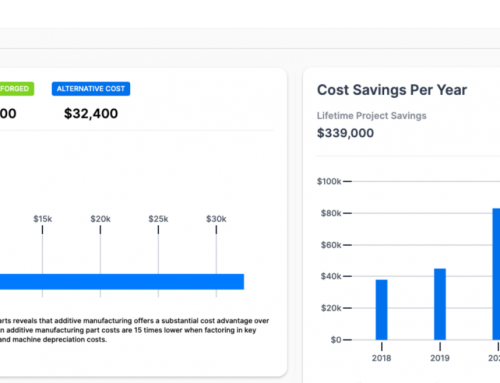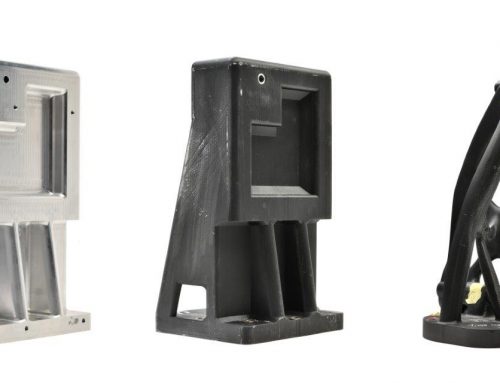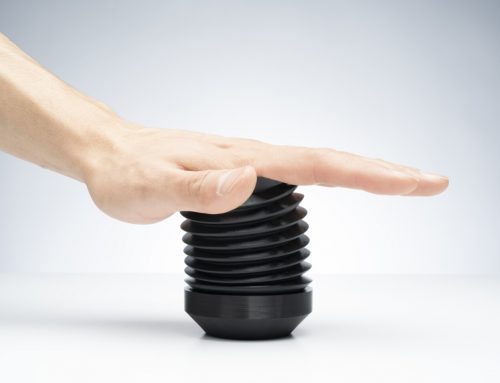Here at Markforged, we’re constantly subjecting our printers to a barrage of diverse testing. Our goal is torture our printers in house harder than our most demanding customers. One of the ways we find new and complicated geometries to test is by integrating industrial strength 3D printing extensively in our in-house operations. Whether it’s rapidly iterated test fixtures for our hardware R&D, or jigs for our in-house Production Operations team, Mark One and Mark Two printers are constantly relied upon to enable quick, continuous innovation and improvement for all of our company operations. Why do we place such a high value as a company on 3D printed parts? Beyond the immediate benefits of continually performing long-term usage testing on our printers, this company culture allows us to experience the perspective of our current customers. Just as importantly, it allows us to demonstrate the value of continuous improvement that a high strength 3D printed part can bring to a company making physical products.
A great example of how we’ve put these principles to work currently lives in our material production department. Markforged’s highly engineered composite filaments are produced in-house on our custom manufacturing line on large format reservoir spools. The carbon fiber, Kevlar, or fiberglass filaments are then spooled in smaller volumes on our end-use spools that our customers use every day. With thousands of spools passing through manufacturing every month, any inefficiencies in processing time per spool quickly adds up to huge losses in potential productivity. Two of our operations techinicians, Jazmin and Faisal, were quick to note that the process of individually picking empty spools for composite fiber filling from the supply carton they arrive in was slow and wasteful, but the current workflow of stacking large piles of spools haphazardly on the workbench was disorganized and messy. Since all Markforged employees (not just our Engineering department) have access to our in-house 3D printer farm, they knew they had the tools to innovate on a solution.
Up close to the dispenser mouth – spools are readily accessible with plenty of room to allow a hand to reach in
Jazmin designed an efficient workflow and concept for ideal dispensing functionality in the form of a 3D printed spool dispenser mouth that used a length of polycarbonate tube as a spool magazine, and then collaborated with Faisal to leverage his 3D modeling skills to bring physical form to her solution. Faisal’s design showcases his personal flair for adding features that end up providing indispensable functionality beyond the initial intended use case – here he added mounting points for zip-ties near the base of the dispenser that we later found useful when we repurposed some extra dispenser prints for use elsewhere in the company.
One of the first iterations of the design imported into Eiger
This phase of the design also highlighted another strength of 3D printing, fast iteration times. After the first prototype was produced, supplier tolerance variation in the outer diameter of the polycarbonate tube required a slight modification of the dispenser geometry. Unlike with most other manufacturing processes, by 3D printing the piece, Faisal was able to quickly modify the 3D model in Solidworks, import a new STL file into Eiger, and send the part to the printer. No personnel were needed to monitor the progress of the part manufacture, as is necessary with one-off CNC machining, and the new dispenser was ready to be installed on the production line the next day.
Jazmin and Faisal’s spool dispenser, at home on the production line next to an unorganized spool pile it replaced
This type of continuous innovation and improvement has long been solely the domain of software engineers, as the realities of manufacturing physical parts have historically relegated engineers and designers to much slower, longer lead time design processes with a much higher barrier to actually testing out possible solution implementations. The advent of widespread 3D printing capabilities has begun to change this to some degree, but the lack of strength and function associated with most affordable 3D printers has still limited the ability of hardware teams to actually prototype parts comparable with the higher strength, longer lead time aluminum versions they often rely on for functional development purposes. Markforged printers change everything about this design paradigm – they completely revolutionize the way that you can think about prototyping, empowering your entire team to continuously contribute to the improved functioning of your company.


